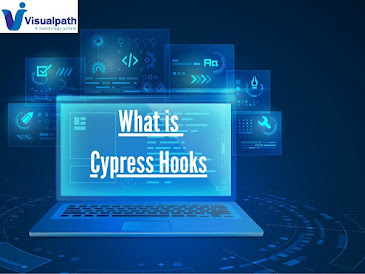Does Cypress Support CI/CD?

Continuous Integration (CI) and Continuous Deployment (CD) have become essential practices in modern software development, allowing developers to automate and streamline the process of building, testing, and deploying applications. Cypress , a popular end-to-end testing framework, offers strong support for CI/CD workflows, helping teams achieve high-quality software releases efficiently. In this article, we will explore how Cypress integrates with CI/CD pipelines and the benefits it brings to the software development process. What is Cypress? Cypress is a JavaScript-based testing framework that allows developers to write end-to-end tests for web applications. It provides a user-friendly API and a built-in test runner, making it easy to write and execute tests. Cypress is known for its real-time reloading, easy debugging, and comprehensive documentation, making it a popular choice for testing modern web applications. - Cypress Online Training Cypress and CI/CD: Cypress...




